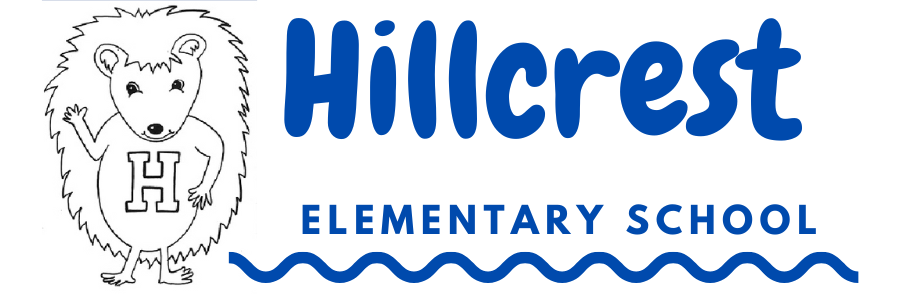Friday News November 15, 2019
Hillcrest Elementary School
Friday News
November 15, 2019
Dear Hillcrest Families,
Did you know that our school district has a Family Engagement Coordinator? Stacey Langknecht, the GMRSD Family Engagement Coordinator, began working in this role in August and she is focused on connecting district families with community resources, supporting families at school-based meetings, and helping families to support their students’ school success. Beginning Wednesday, November 20th, Stacey will be holding a weekly drop-in time for Hillcrest families from 8:30 - 9:00 in the Hillcrest Library. Please stop by to say hello to Stacey, to learn more about her role and to ask her any specific questions you may have.
From time to time, I like to feature a Handbook Highlight in our Friday News. This week’s highlight focuses on a topic that most families would like to avoid: Lice. Lice, more formally known as Pediculosis, has its own section in our handbook. You may have already read through our handbook, but if not, you may want to take the time to review the GMRSD Pediculosis Policy. (attached).
A few important news items:
-
November All School Meeting is Friday, November 22nd at 9:00. We will enjoy presentations from Ms. Chanda’s preschool class, Ms. Hirst’s kindergarten class and Mrs. Saylor’s first grade class.
-
Families are invited to a Family Read-Aloud featuring Thunder Boy, Jr., a book from the Hillcrest Diverse Books Collection, in Mrs. Saylor’s room immediately following November All School Meeting.
-
The GMRSD Food Drive to benefit MCSM will begin on November 25th. Please check out the flyer that came home with your child today for more information.
-
Thanksgiving Break begins with an Early Release Day on November 27th. There is no school on November 28th and 29th.
Wishing you a wonderful weekend --
Sarah Burstein, Principal
PEDICULOSIS POLICY
Gill-Montague Regional School District, in agreement with the American Academy of Pediatrics, the National Association of School Nurses, and the Centers for Disease Control, recognizes that no disease process is associated with pediculosis (head lice), a common problem among school-children. However, since the condition can be transmitted to others, proper and successful treatment is essential. Research has shown that screenings in school do little to reduce the incidence of head lice, which is primarily spread by direct head-to-head contact. Pediculosis is best prevented when parents check their children throughout the school year at home. The school community will work cooperatively with families, using approaches recommended by public health and medical experts. Up-to-date resources on prevention, identification and treatment of head lice will be available from the school nurses and shared through school communications. The district program to manage head lice will be reviewed periodically in consultation with the district physician, school nurses and building administrators to ensure it is following best practice and meeting the needs of the district and its families.
GMRSD Head Lice Control Protocol at School
-
Families are encouraged to check their children regularly during the school year and anytime a child is having symptoms.
-
The school nurse or other trained person will check a student’s head if he or she is demonstrating symptoms, and if requested to do so by a parent.
-
If active head lice are confirmed, the parent or guardian will be notified as soon as possible that prompt, proper treatment is needed. The child may remain in school until the end of the school day, but will be discouraged from direct or close head contact with others.
-
Information on identification and life cycle of head lice will be provided through the school nurse, as well as guidance on treatment. The family is encouraged to contact their medical provider for recommendations and advice. Families should check all household members and notify all close contacts of the student.
-
On return to school, the child must be accompanied by a parent/adult and report to the nurse’s office for a head check and to review the treatment given. A student who has some remaining nits after treatment may stay in school. The focus for the family will be on following treatment instructions exactly, and on checking and combing the child’s hair daily for the next 10-14 days at home.
-
The student will be re-checked by the school nurse at weekly intervals for two weeks and as needed. School attendance will not be restricted. The nurse can offer extra help to families of children who are repeatedly or chronically infested, and provide reminders to the school community to regularly check children at home.
-
If several cases of head lice are confirmed in a class, the school nurse will consult the district physician and building principal regarding the need for confidential letters home to notify parents/guardians of classmates.
From: Hillcrest Elementary School Family Handbook, 2019-2020
